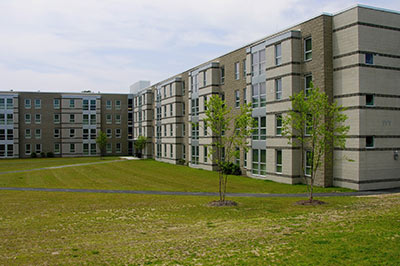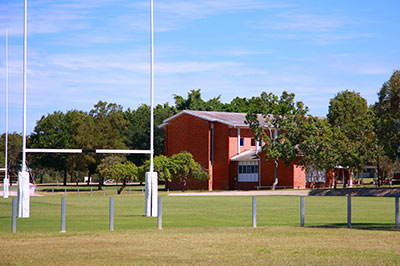Environmental Protection Agency (2015)
School locations and community development are inextricably linked. School locations affect community land use patterns and infrastructure needs. Local land use, the location and capacity of road and utility networks, and community investments in economic development, housing, and other social programs affect school surroundings and learning environments. Taken together, school siting and other community decisions influence housing and transportation choices, neighborhood vitality, economic development, costs of community services, environmental quality, and overall community health and well-being.









